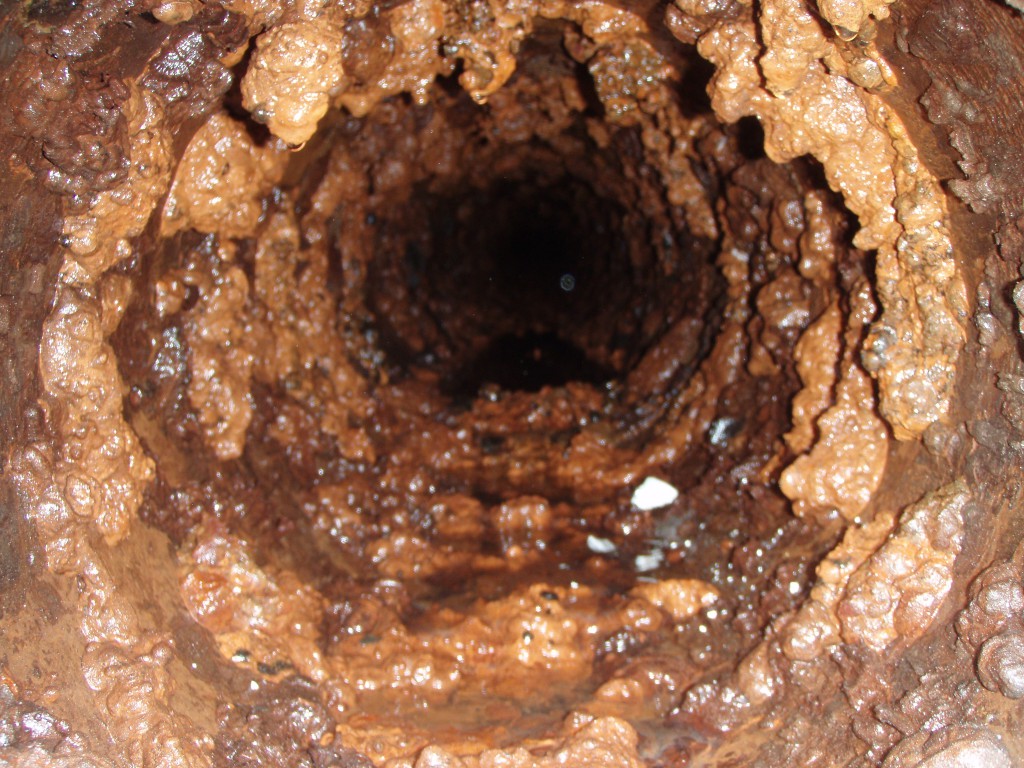
A biofilm is a complex aggregate of microorganisms growing on a solid substrate. Biofilms are usually found on solid surfaces submerged in or exposed to water or similar aqueous solution. Several types of bacteria live within the biofilm. These bacteria and microorganisms cling together to create an intricate matrix of excreted polymeric compounds. This matrix produces slime layers that protect the cells within it and facilitates communication between them through chemical and physical signals. Check out this animated video by the Centre for Microbial Innovation, at the University of Auckland, New Zealandthat that details the multi-part process.
What problems do biofilms cause in water systems?
Biofilms in water systems can cause numerous problems including, but not limited to:
- Microbiological induced corrosion
- Spread of opportunistic bacteria, viruses, protozoa and fungi
- Formation of disinfection by-products
- Taste, odor and color problems
- Masked coliform occurrences
How can biofilm be controlled in water systems?
Blue Earth Products’ Clearitas® product line is specifically engineered to remove the organic and inorganic matrices and attachment points that allow biofilm to thrive in various water system conditions. The Clearitas product line is Blue Earth Products’ proprietary formulation of highly oxidized chlorine that removes organic and inorganic deposits from water pipelines and infrastructures. The nature of Clearitas enables it to react more strongly with the organic slime layers that protect the biofilm. All Clearitas products are NSF 60 certified and safe for use in potable water.
Clearitas is currently being used in applications extending from municipal drinking water, cooling towers and heat exchanger units to hospitals and healthcare facilities, food processing plants, agricultural enterprises and hotels and restaurants.
DOWNLOAD LONG TERM DBP REDUCTION WITH CLEARITAS

